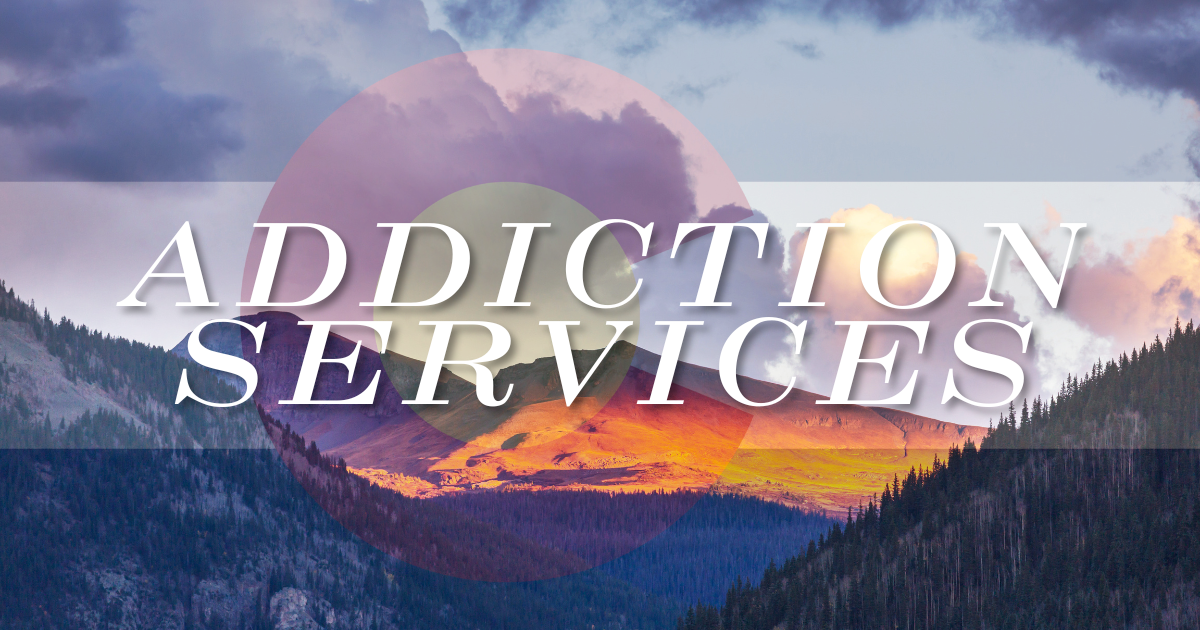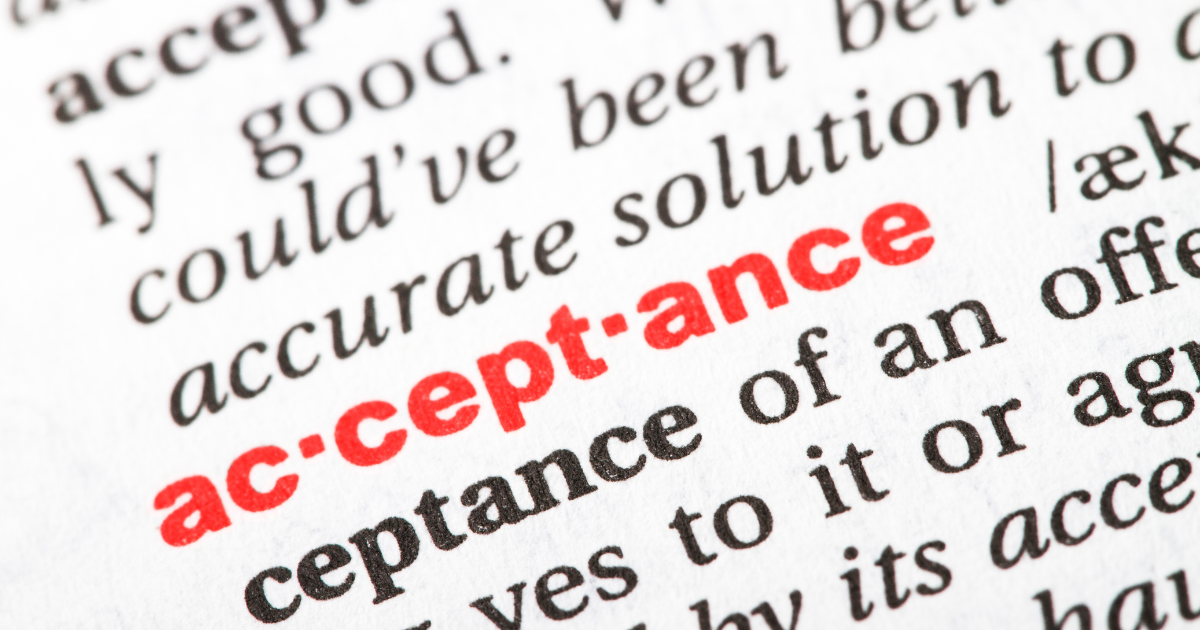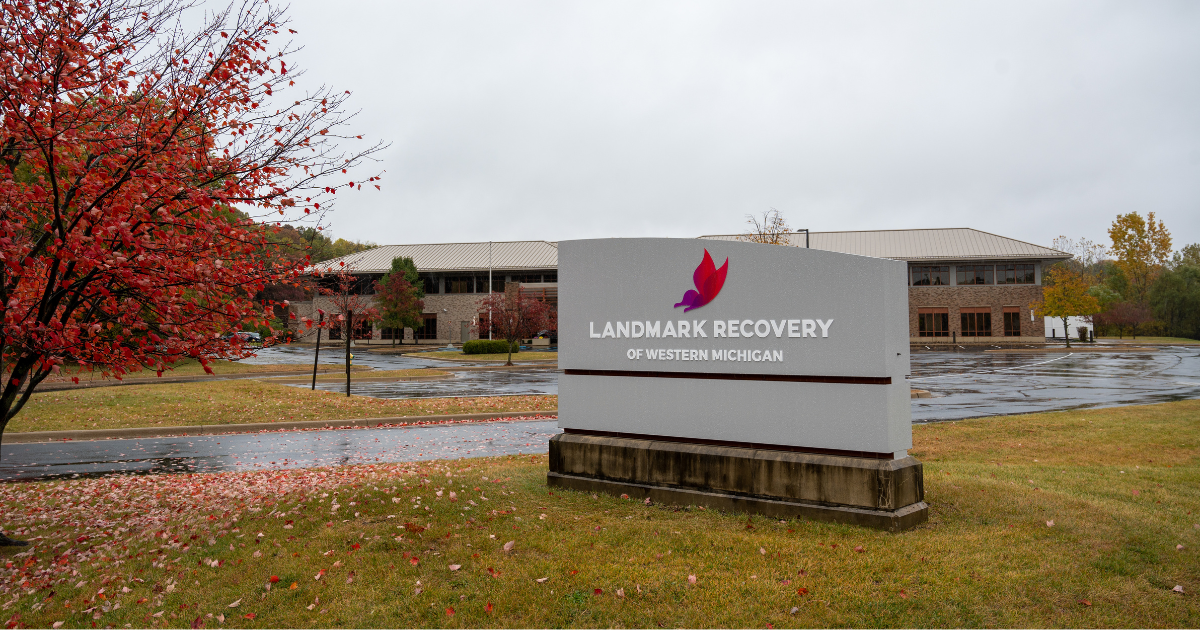Today, we’ll be pitting Naloxone vs Naltrexone head-to-head so you can tell the differences between these opioid antagonists – but why should you care?
Well, opioids are prescription medicines often used to treat pain. While undeniably effective, opioids are also remarkably addictive. Opioids were involved in 68,630 overdose deaths in 2020 and 74.8% of all drug overdose deaths.
Many people become addicted after being prescribed opioids for pain or coughs. Unfortunately, once dependent on opioid prescription medicines, some people even start to take heroin for their cravings as it’s cheaper than prescription medication.
Naloxone and Naltrexone are both opioid antagonists meaning they block the opioid receptors and prevent the effects of opioids.
So, what’s the key difference between Naloxone and Naltrexone?
In essence, Naloxone is used as an antidote to opioid overdose whereas Naltrexone is used to help recovering opioid addicts from relapsing.
We’ll now walk you through some basic background on Naloxone and Naltrexone and see where they each come into their own.
What is Naloxone?
Sadly, someone dies every 12 minutes from opioid overdose in the US, but many deaths could be prevented with Naloxone.
Naloxone, also known as Narcan, is an antidote for opioid overdose. People addicted to opioids like OxyContin, Opana, Dilaudid, Percocet, Vicodin, Lortab, MS Contin, and Duragesic are at heightened risk of overdose.
Fentanyl is an extremely toxic opioid that’s illegally sold on the streets. Fentanyl is potentially lethal and can cause a sudden overdose.
How, then, does Naloxone achieve its job and lessen the complications of opioid overdose?
How Does Naloxone Work?
When opioids sit on opioid receptors in the central nervous system, they induce comfort and sleepiness. In the brain stem, opioids relax breathing and reduce coughing. In the peripheral nervous system, opioids slow down pain signals. They cause constipation in the digestive system.
Over time, a person addicted to opioids becomes tolerant to the drugs and needs to increase their dose to achieve a “high.” Overdose becomes more likely when someone starts to increase the number of opioids they take.
When someone suffers a heroin overdose, their breathing becomes gentler and can even slow down until they suffocate to death. When Naloxone is dispensed immediately, it can reverse an overdose in minutes.
When administering Naloxone for a Fentanyl overdose, it might take more than one dose of Naloxone.
Naloxone is not addictive. It doesn’t cause a high, nor does it enable a person’s drug use.
Naloxone is used only as an antidote to opioid overdose.
You also find Naloxone also in Suboxone, the opiate replacement drug. This is to protect the opioid user in the case of intravenous injection which could be potentially fatal.
When To Administer Naloxone
Knowing when to administer Naloxone to someone means being able to recognize the signs of an impending overdose…
Does the person have a limp body, pale and clammy face, blue lips and fingernails? Are they vomiting or gurgling? Are they unable to speak or wake up? Do they have slow breathing or slow heartbeat?
If you notice any of the above symptoms, administer Naloxone right away. Further information on administering Naloxone can be found here.
How Is Naloxone Administered?
Naloxone comes as a nasal spray or an injectable. The nasal spray is administered while the person lays on their back, the injectable is given via the thigh.
How Do I Get Naloxone?
Naloxone nasal spray is available over the counter from any pharmacy with no need for a prescription.
Alternatively, you could obtain a prescription from your doctor.
Narcan is covered by Medicaid.
What Is Naltrexone?
Also called Vivitrol, Naltrexone is an injectable drug used for both alcohol use disorder and opioid use disorder. Naltrexone is given to those recovering from alcohol or opiate use disorder after a successful detox.
Naltrexone is also sold as ReVia and Depade, among many other brand names.
Like Naloxone, Naltrexone works by blocking opiate receptors from opiates so when an opioid user takes opiates, they feel no effect.
Naltrexone pills are not as effective as the injectable Naltrexone form (Vivitrol), which is injected into the gluteal muscle. The monthly injection is effective because if someone takes opioids while they have Naltrexone in their system, the opioids won’t work.
Naltrexone is ideal for individuals recovering from opioid abuse who want to avoid using other opioids. There are no withdrawal symptoms when stopping Naltrexone, and there are no opioid effects when taking Naltrexone.
The difficulty with Naltrexone is that an opioid user finds it difficult to go from using opioids to using a blocker. When an opioid user suddenly uses Naltrexone, they can go into sudden withdrawal.
It’s vital that the person has not taken opioids for a minimum of 7 to 10 days before taking Naltrexone. Otherwise, they will go straight into withdrawal.
Naltrexone is also prescribed to people with alcohol use disorder.
The Key Differences: Naloxone vs Naltrexone
Naloxone is administered via nasal spray or auto-injector. Naltrexone is administered by an oral tablet or injection.
While Naloxone is used to rescue people from an opioid overdose, Naltrexone helps to prevent relapse in people who have been clean for a minimum of 7 days.
The effects of Naloxone are felt immediately while Naltrexone takes some time to kick in.
The side effects of both drugs can include irritability and restlessness, nausea, and vomiting. Naloxone can also trigger flu-like symptoms such as fever, chills, runny nose, sneezing, and muscle weakness.
Naltrexone can cause aches, pains, and appetite loss.
What To Do Next
Are you or a loved one taking opioids to the extent it’s negatively impacting your life? If so, don’t delay in seeking help. Here at Landmark Recovery, our aim is to help 1 million families over the next 100 years enter sustained recovery while leaving alcohol and drugs behind.
One of our friendly team of experts can clear up any issues you have about Naloxone vs Naltrexone and help you kick start your road to recovery. Call us today at 888-448-0302.

Choose Recovery Over Addiction
We're here 24/7 to help you get the care you need to live life on your terms, without drugs or alcohol. Talk to our recovery specialists today and learn about our integrated treatment programs.








